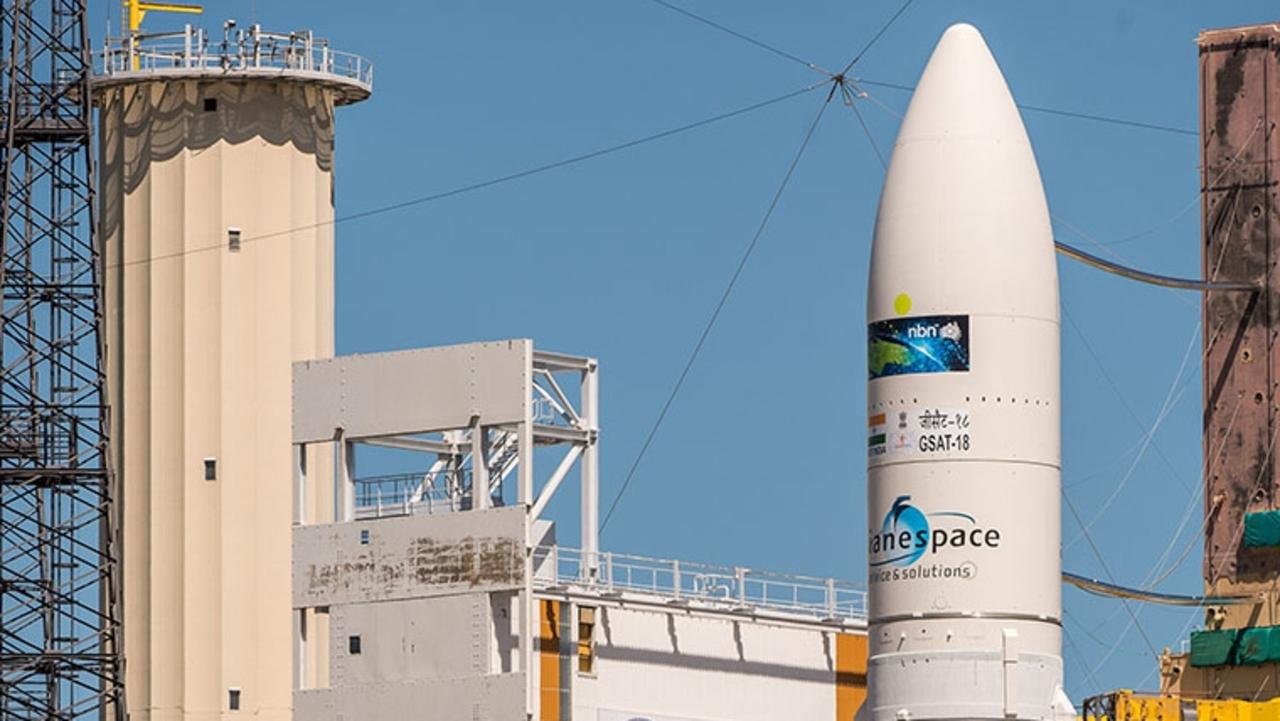Is this NBN’s biggest design flaw?
DAMAGE from the cyclone and subsequent flooding has highlighted one of the biggest problems we face as Australia switches over to the NBN.
AS COMMUNITIES continue to deal with flooding and the aftermath of Cyclone Debbie in Queensland and NSW, Australians will have the first chance to see how the NBN stacks up in emergency situations.
One of the biggest changes the introduction of the NBN has created for disaster management is the loss of home landlines.
In previous emergency situations that caused blackouts, homeowners could still use their home phones, if it was a model that didn’t require an external power source, to keep in touch with friends, relatives and authorities.
But with the compulsory switch to NBN, people can only have their phone services delivered via the internet and this does not work when there is no power.
Now that many regional areas have switched over to the NBN, how it functions in emergency situations will be an important test for the service.
Rockhampton’s Local Disaster Management Committee chair Tony Williams told ABC yesterday that authorities were asking residents to consider this change when deciding whether to evacuate ahead of a massive flood expected in Queensland.
“The landline [network] used to operate when there was loss of power ... with the rollout that ability will be lost,” he said.
“Previously they always had that landline there, they could contact people so ... they need to carefully consider what they want to do, whether they want to sit it out or move to an evacuation centre.”
Most people now have mobile phones so losing their landline does not impact them as much as before, but these devices still require electricity to charge and so won’t provide as much of a safety net as traditional phone services.
In the aftermath of Cyclone Debbie, those left stranded in Queensland’s Airlie Beach without electricity or running water lined up to use public payphones as blackouts rendered some landlines useless.
Mobile services for some providers were also unavailable due to storm damage.
Desperate tourists queue for pay phone in Airlie Beach #TCDebbie @newscomauHQ pic.twitter.com/pfdBcSkPAd
— Emma Reynolds (@emmareyn) March 29, 2017
News.com.au’s Emma Reynolds, who was in Airlie Beach when the cyclone hit, said it took two days for generators to be set up for the public to use, and people queued for hours to charge their mobiles, causing fights among frustrated tourists.
She said power outages also left people without access to much-needed information, with many getting their advice via gossip and rumours from others.
Airlie Beach in recovery mode. Rained all night, still without power and water #TCDebbie pic.twitter.com/GljUJ84BzC
— Emma Reynolds (@emmareyn) March 29, 2017
NBN users have also previously raised concerns about the internet phone service being unreliable and continually dropping out.
“The service will often drop out mid-conversation,” Western Australia resident Geoff Levings told news.com.au.
“I talk to my wife three to four times a day and quite often the thing just stops, you don’t get any warning.”
A spokesman for NBN said there was no reason why a VOIP service should not operate as well as a public switched telephone network service.
“But this really does depend on how well the retail service provider sets up its network to deliver the service,” he said.
The tension between NBN and internet service providers like Optus, Telstra and Barefoot Telecom, which Mr Levings pays to deliver his broadband service, is another relationship that will be tested during natural disasters.
Finder.com.au editor-in-chief Angus Kidman said communication between the NBN and its service providers could be a source of friction in dealing with a disaster like Cyclone Debbie, which would have been a challenge even pre-NBN.
This is because customers who have a problem with their NBN service can’t contact NBN directly. Instead they have to report the problem to their service provider, who will then notify the NBN.
“We haven’t yet seen how effective that communication between the NBN and internet service providers has been and whether that information is passed on,” he said.
“Because of the scale of (the disaster), that could pose a challenge for them.”
With the NBN rollout quite advanced in regional areas, Mr Levings said the recent extreme weather would reveal how quickly the NBN could respond to high demand situations and restore services in areas where lines may have been damaged by flooding or other factors.
“The big challenge will be how they respond, how quickly they get experts into those areas.”
Email: charis.chang@news.com.au | Twitter: @charischang2




